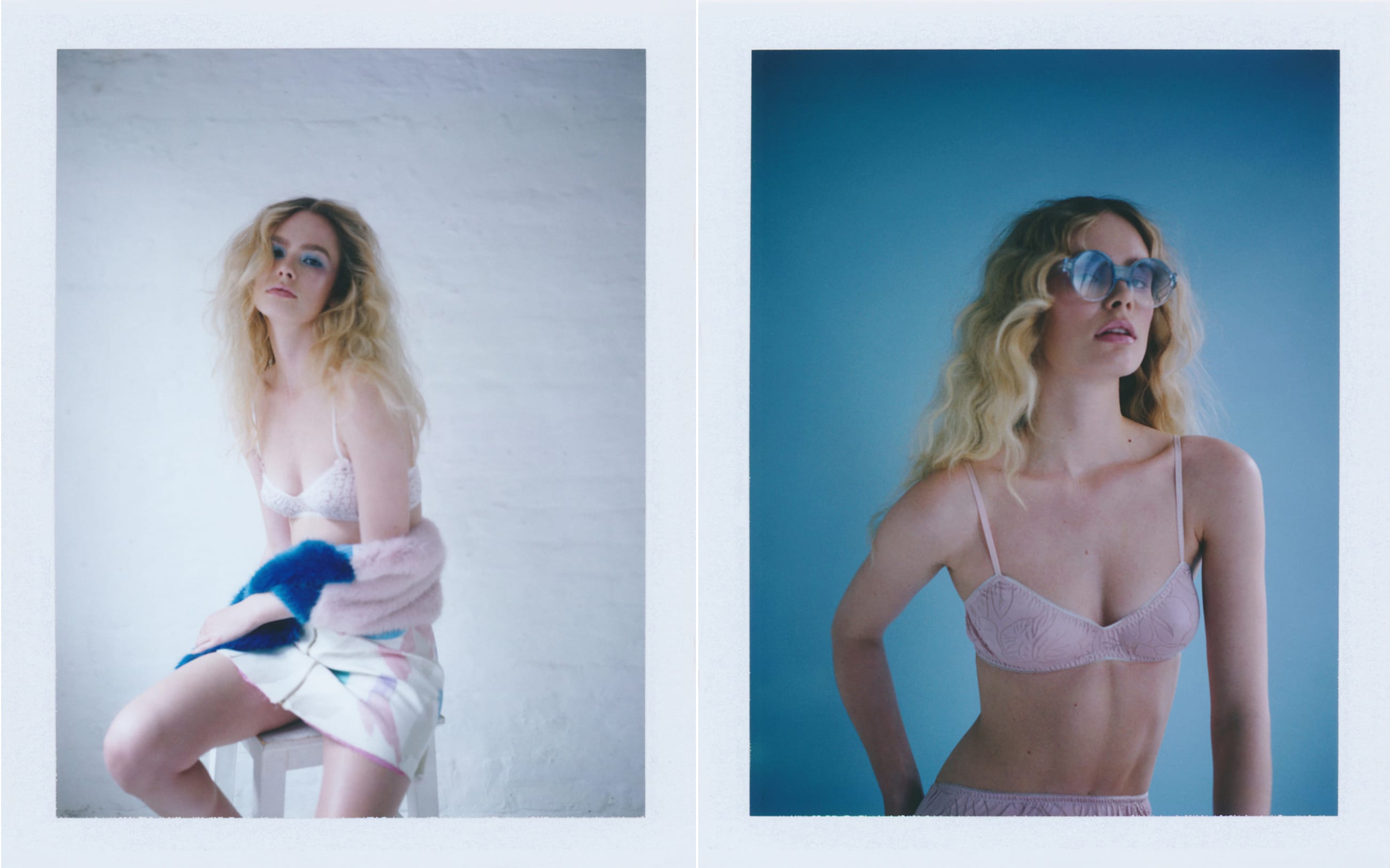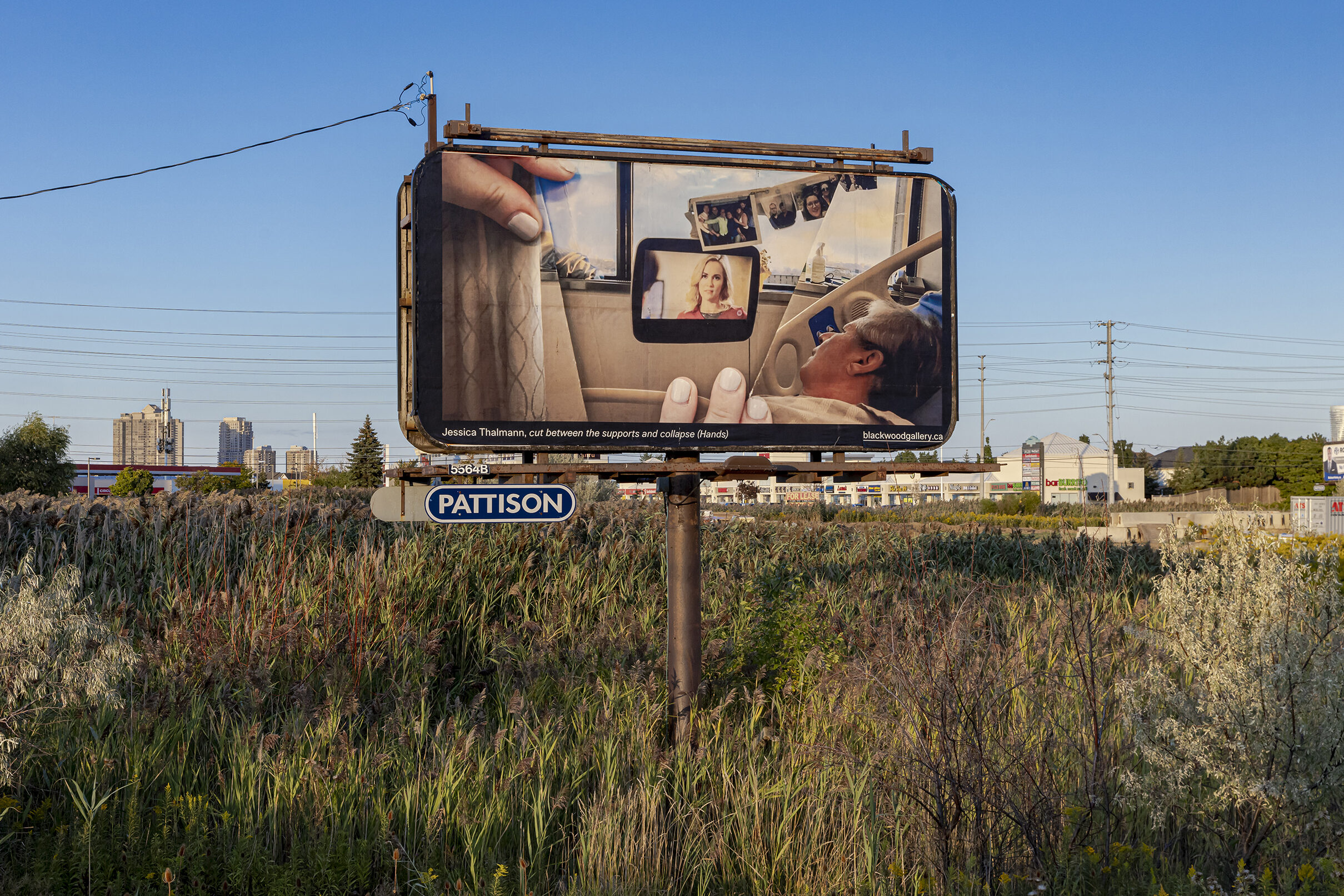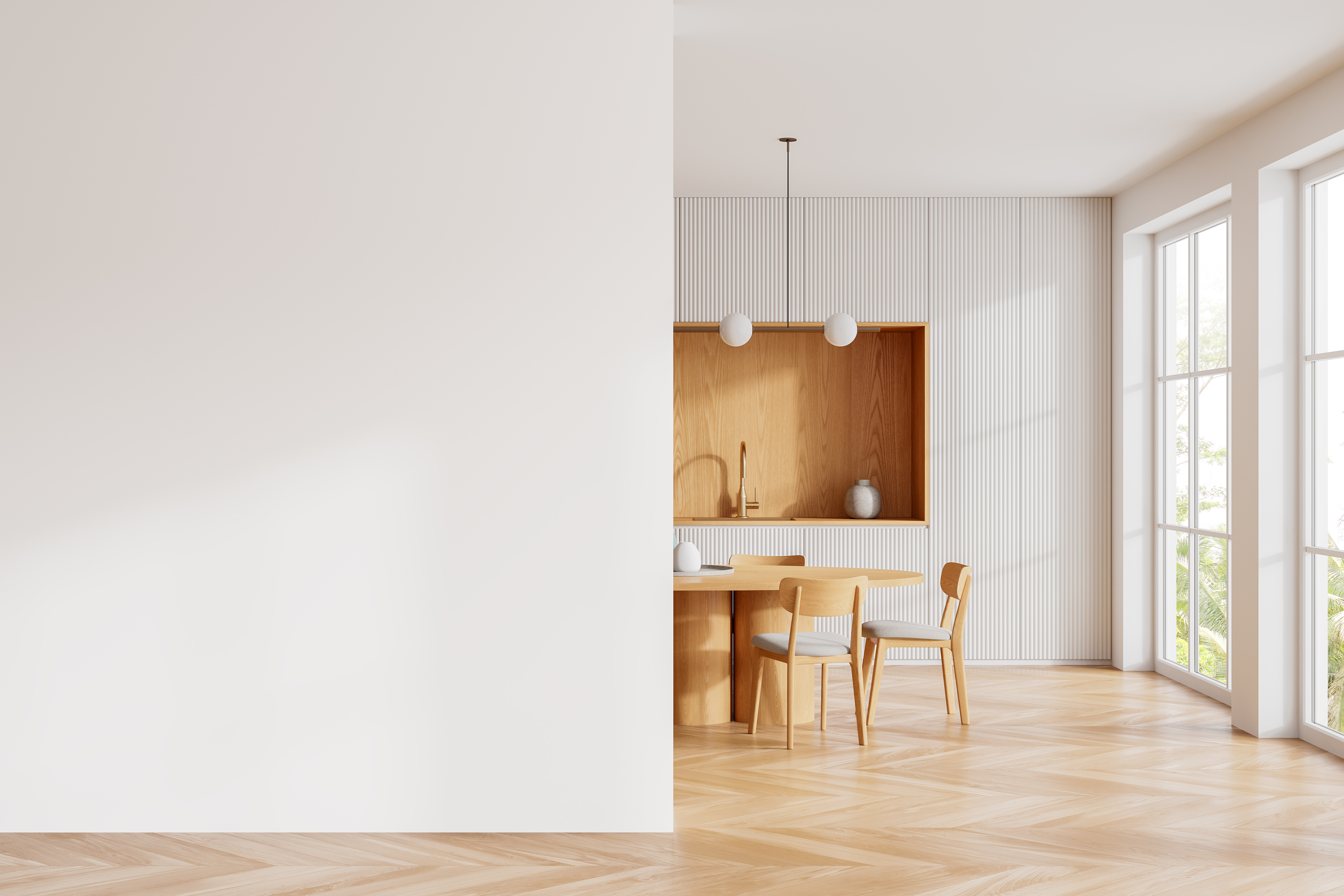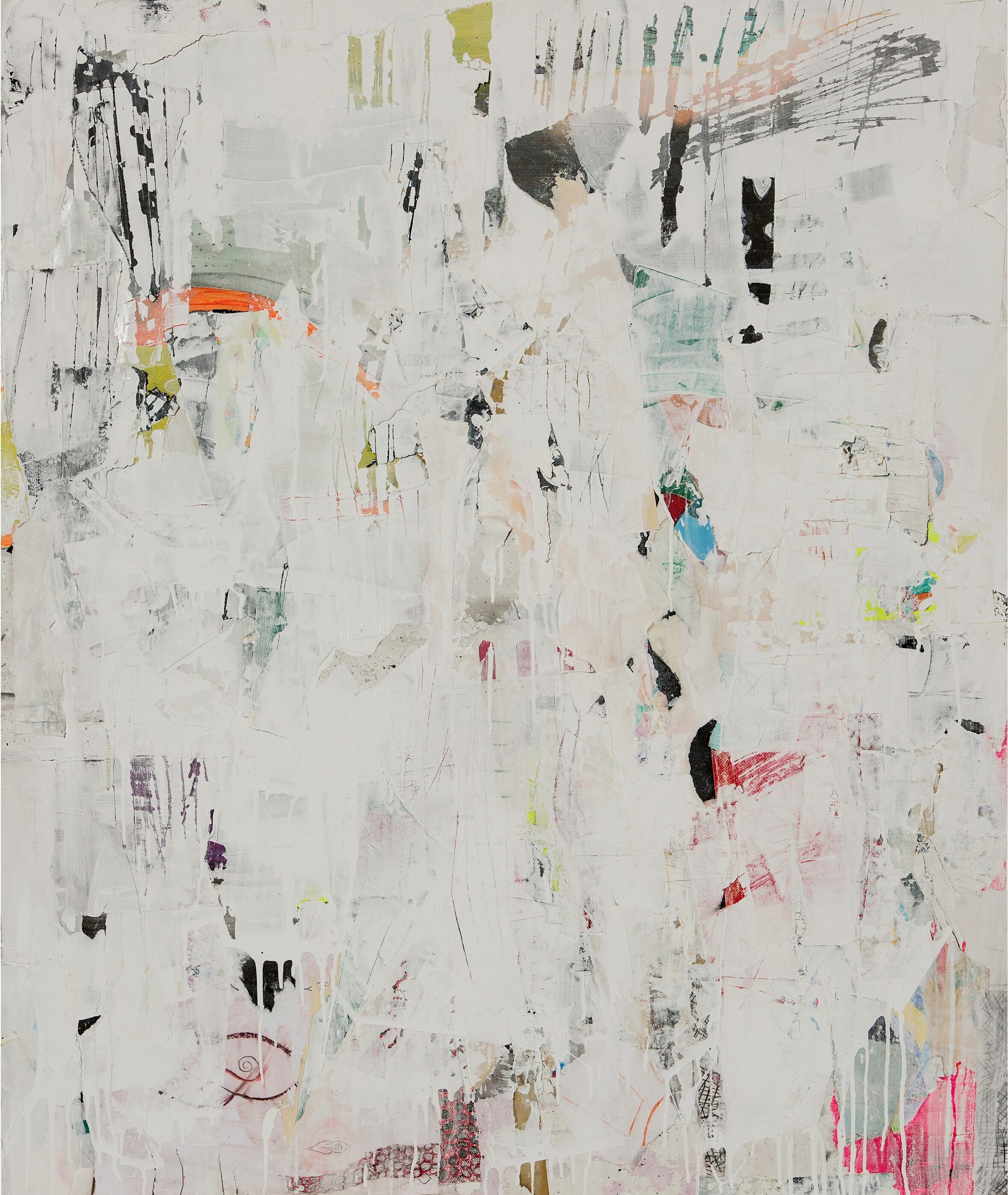Sabrina Smelko, Adam Kurtz, Jimmy Marble, Alex Mathers and Dustin Parker are all extremely skilled artists who’ve made names for themselves in cities like London, New York and Los Angeles. They create imaginative work in graphic design, video, illustration, art direction and photography, and are all involved—to varying degrees—in a range of creative endeavors. Their days are anything but typical. We asked them to tell us about the benefits and drawbacks of working on lots of different kinds of projects, whether improving one creative area affects their understanding of another and if the type of work should dictate how you make it. Right now, it’s trendy to be a master of everything, but is that really realistic? Below, five fascinating creatives dish on the idea of expertism, the benefits of collaboration and why it’s essential to determine your own definition of success.
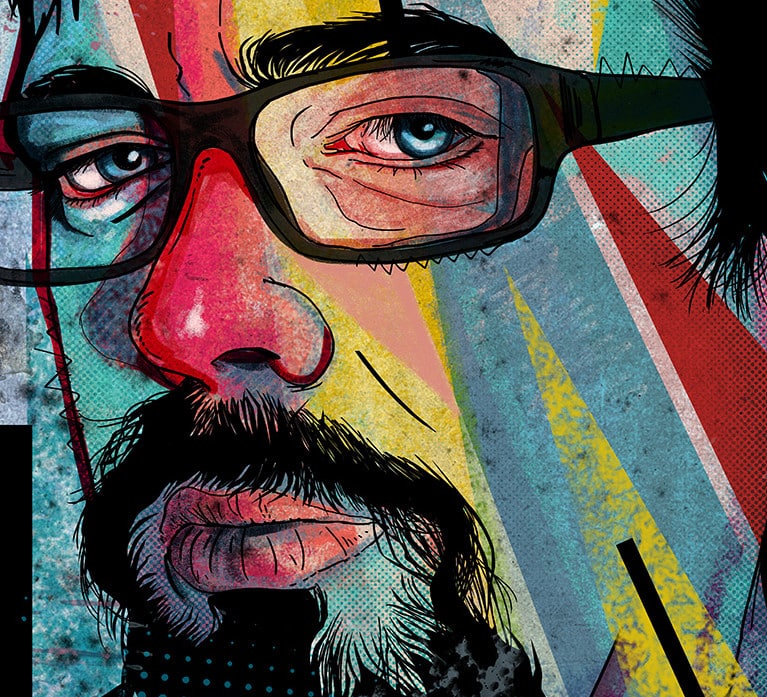
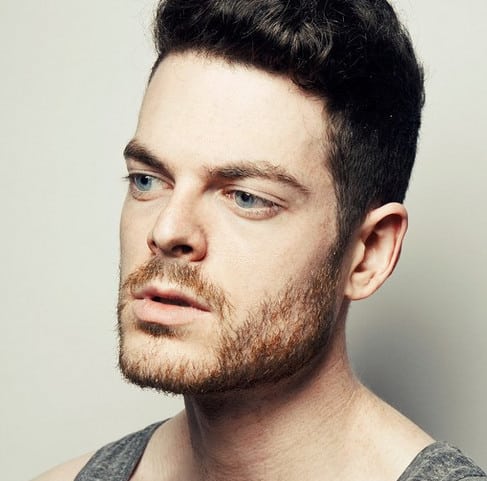
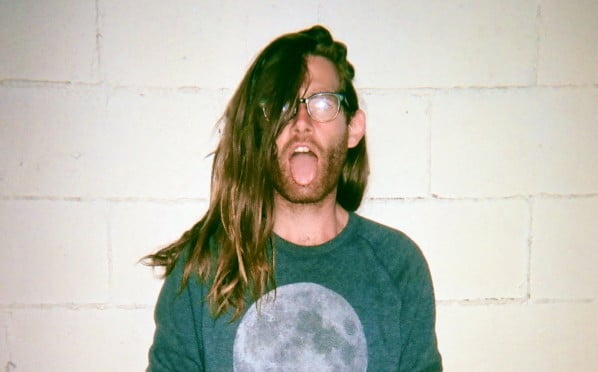

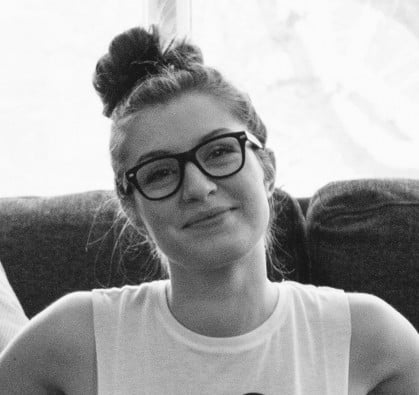
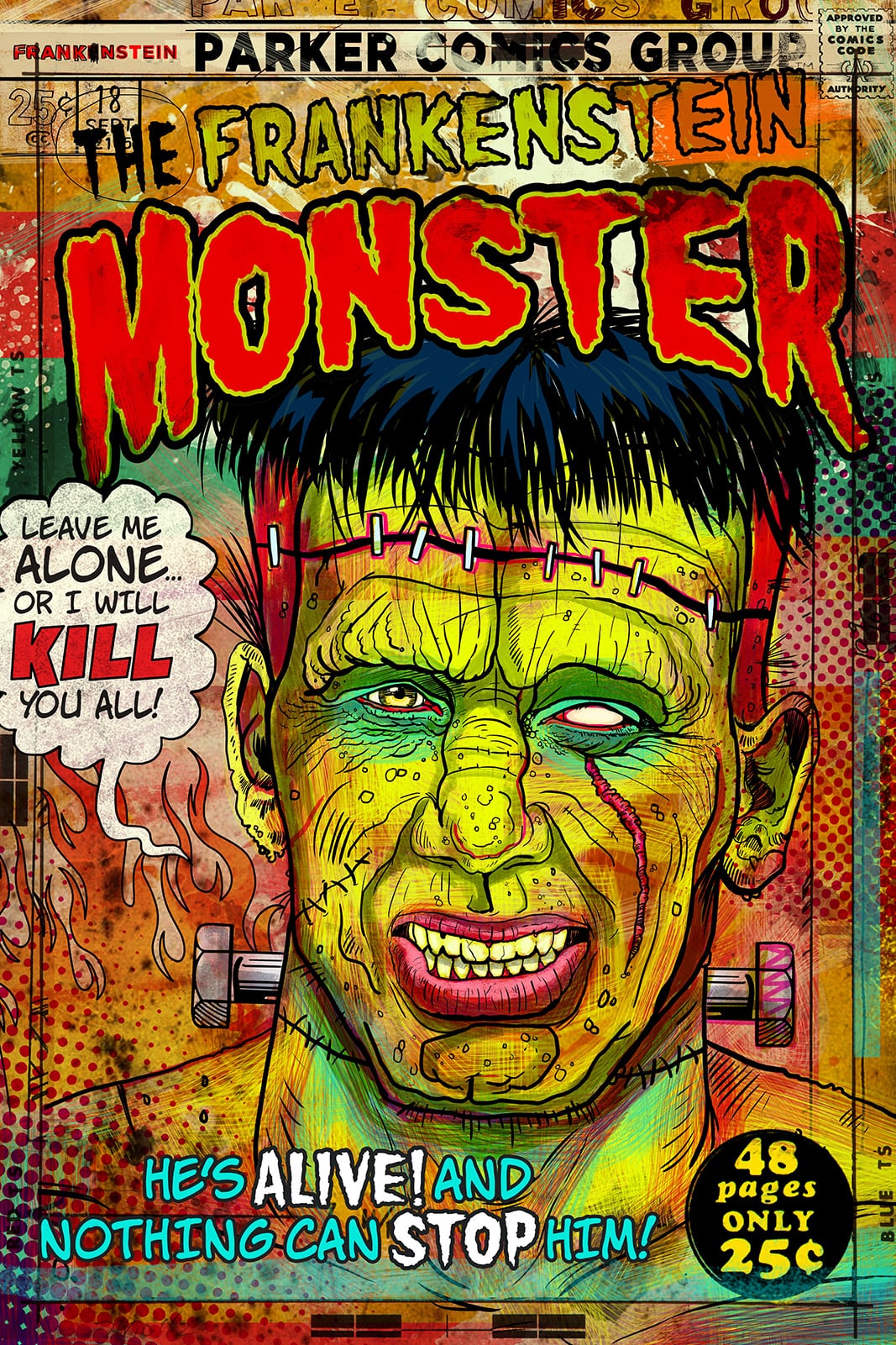
Dustin Parker, Illustrator
It never hurts to be a jack-of-all-trades. If you have the ability to draw well, and design well, and write compelling copy, and write code, you are better equipped to compete with other creatives in the job market. But I don’t think it is necessary to be a Renaissance man like Leonardo Da Vinci in order to be successful. Early in my freelance career I tried to be the jack-of-all-trades guy and I quickly discovered that web development was not my forte. My brain wasn’t wired for programming and I really hated writing code. I don’t want to waste my time doing things I hate. I’d rather dedicate that time and energy toward being a better illustrator and mastering my craft. I know plenty of talented web developers that I can hire or recommend when I need to. Freelancing doesn’t have to be a lonesome road. You can call your super friends to assist you, and I hope other creatives call upon me when they require someone with illustration skills.
My business card says “Digital Illustrator + Graphic Designer”, which accurately describes the bulk of my current creative and professional output. I have a 9-5 gig designing t-shirts and coffee mugs, and then I go home and design logos and posters for my freelance clients. After the bread and butter work is finished and before the coffee wears off, I manage to work on personal illustration projects. This work (as a graphic designer and a digital illustrator) has always been intertwined with my previous experience as a fine artist. They exist in a shared universe and influence each other. Being a better graphic designer makes me a better painter and being a better painter makes me a better illustrator. They are all parts of the same monster. That said, each project is unique and presents a unique set of problems. You can’t apply a one size fits all solution to every project. There isn’t an illustration style or a graphic design style that works for every single situation. I have my own style and my own aesthetic values, but they are not always appropriate for the project or the message I’m trying to convey. At this point in my career I’m not being hired because of my personal style.
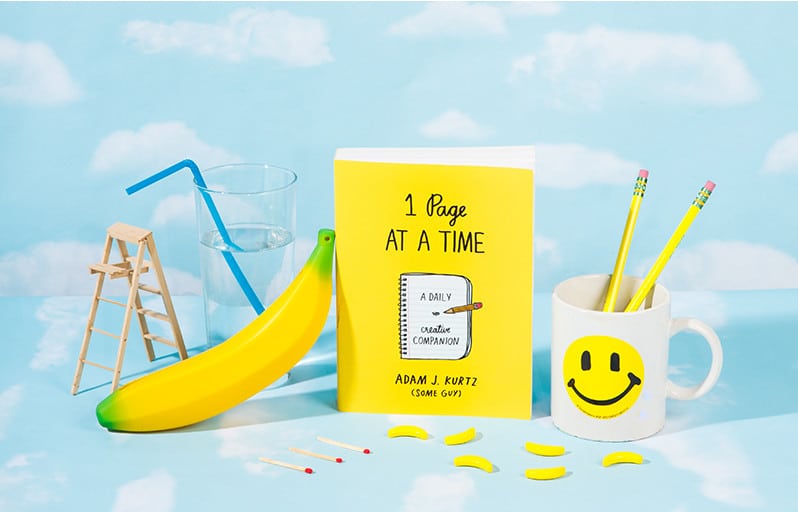
Adam Kurtz, Designer
Realistically, modern creatives are often “more than one thing” because of the way roles blend into each other. But there’s something to be said for someone who is the go-to for a specific thing, like classic hand lettering. Neither approach is “better,” but I think that we all need to figure this out on our own, based on personal ideas of career success. It’s not always helpful to define yourself, but it can be helpful to define success for yourself—this is different for everyone. I’m finding my own kind of success by being a little bit of everything. Even though I don’t offer these services to clients, a varied skill set helps me accomplish a lot more on my own. I’m happy learning bits of everything, but I also know what I’m not—in those cases, it’s important to me to be able to reach out for help or assistance. Personally, I struggle with labels. “Graphic designer” doesn’t feel right when I think about other graphic designers and their work, but artist doesn’t fit either. People call me an illustrator but that feels unfair. I’m an author, but I don’t write the way most authors do. Nobody calls me a photographer, so I’ve dodged the bullet there, and yet my Instagram account is my most visible outlet for sharing.

Jimmy Marble, Visual Artist
When I describe what I do I typically teeter between “visual artist” or “director, photographer, designer.” (To me, designer and muralist are interchangeable.) My days are pretty weird, I’m typically working on a lot of different things. I have 10 open personal projects on my plate right now, including short films, photo projects, web series, a book and more. I have to be really methodical about my planning because it’s a lot of stuff to do. I make a goal list every month, and a to do list every morning to guide me towards the goals. It’s the best system I’ve found to be productive on a lot at once, but it’s also frustrating because it means I’m doing lots of little stuff with my days. A lot of the time it feels like I’m not doing very much, even though that’s not true.
Everything adds up. The more well rounded you are and the more processes you understand, the better. I bound books for a summer after college, and it taught me a ton about repetition, staying focused and caring about the small details. I’ve always cared about the design of my work, but it wasn’t until I started painting murals that I started taking my art direction to new places. I now approach my photos with a completely different mentality than I used to. I also think a big reason I’m able to focus on so many projects and take on different mediums is because I have a writing background, which is all about being slow and allowing yourself to create. A script takes forever to write—there’s really no way around that. Having that patience instilled in me as a young person was super invaluable.
The idea of craft is really a matter of the individual’s curiosity. I’m just pursuing what I think is cool and interesting, whether it’s a short film that’s a personal story I want to share, or a photo series that’s a cool exploration of aesthetics. It’s all the same expression to me, it’s my voice every time. I’ve had to learn different mediums to be able to express myself well, but people do that with verbal language all the time. More than anything, the story you’re trying to tell and the mood you’re trying to convey dictates how you make it. I don’t see why anyone would want to limit themselves to a specific title when there’s so much possibility these days. I doubt there was ever a time where you could do whatever you want like you can now.
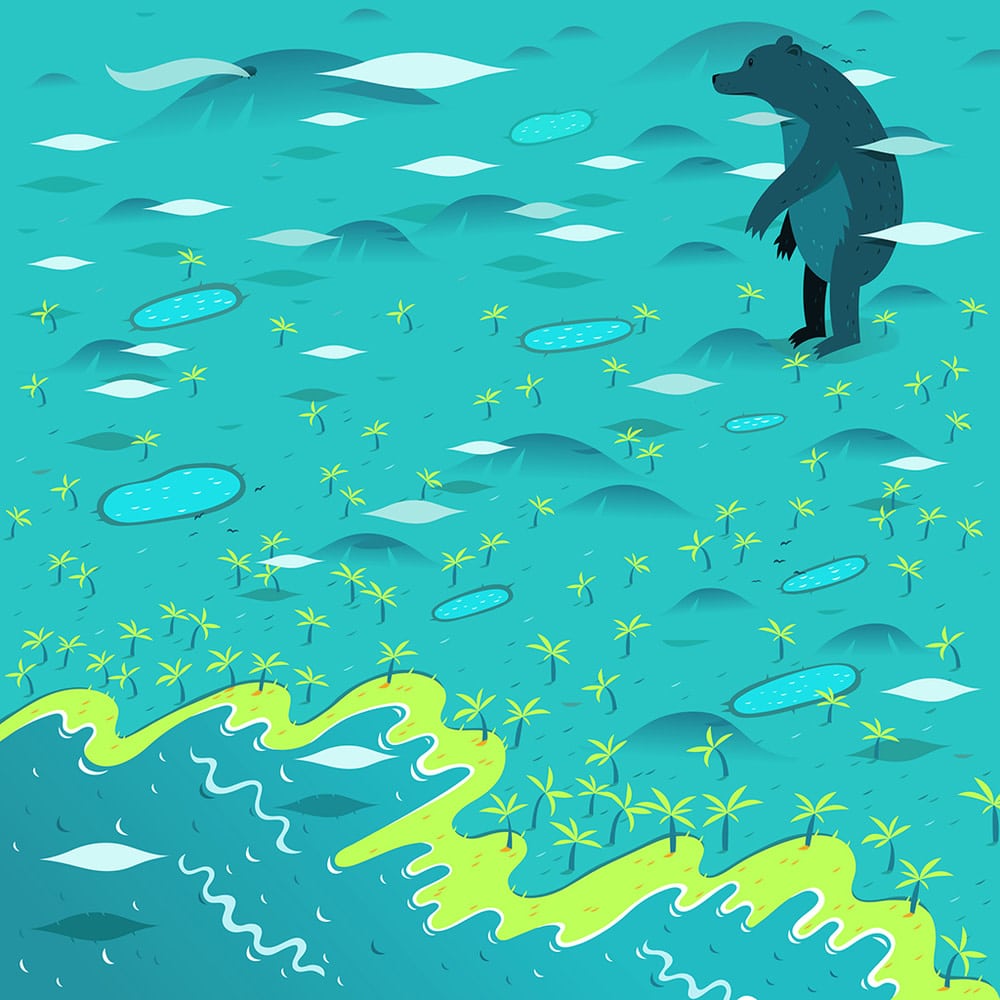
Alex Mathers, Illustrator
I’m an illustrator, consultant and writer currently working on illustrating some posters of farms and rivers for Danone. I’ve also been working on a series of illustrations for a campaign for a new development at Elephant and Castle in London called Elephant Park. I also have several clients who I help with their marketing and staying organised, and I’m finishing off a guide for illustrators on how to get clients. I keep busy with a range of things, but they all feed into—and support—one another. For example, the coaching I offer for creatives has given me a ton of feedback for the book I’m writing on how to get clients.
I think it’s good to develop expertise in a range of skills and crafts, but I think we should master one thing (or at least achieve a very high level of skill in it), before moving on to the next. It’s very easy to want to do everything at once, but the winners are those who master one thing, and present themselves as being masters in that one thing. Anything additional is just a bonus.
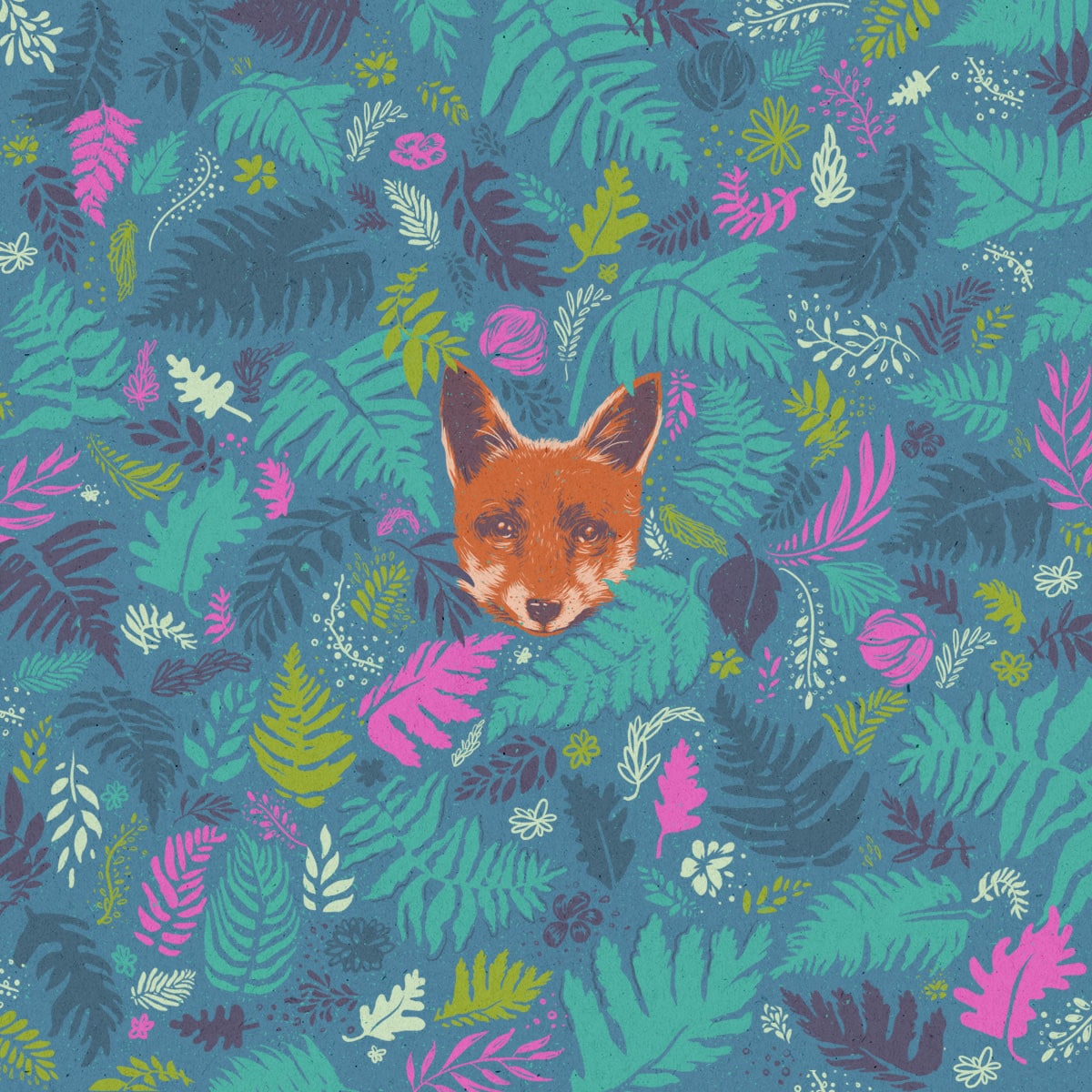
Sabrina Smelko, Illustrator
At any given time, I’m working on about five projects—all requiring a different skill set—and the process of working on them in tandem makes each job easier. I can’t say that this works for everyone, but I personally find my work improves with the more other things I have on the go. This job informs that job, that job informs this one. Not only because I discover something while working on one that can apply to the other, but also because it keeps my attitude and my work fresh. When I have a day or two and just one task to complete, it’s easy to get lazy and use the whole time given, whereas when I have my hands full, I’m forced to be more efficient and objective with my work. It leaves less room for waffling. But in terms of skill-building, I can say with my whole heart that improving my skill in one area or medium has improved another. How can it not?
No matter the end result—whether it’s going to be printed in a book or published on Twitter—I execute my work more or less the same way. And I don’t really think I can help that. I think a certain way and like to do things a certain way. I approach work with a very business-oriented mind though, which perhaps is unorthodox; I believe a job is a job and I enjoy the tried-and-true process I’ve developed. Of course I still believe in experimentation, but the extent to which I alter how I make my work is dictated by which of my two styles I think will accomplish the job best; my realistic style using a pencil, paper and Photoshop, or my vector style using a pencil, paper and Illustrator.
I’m terrible at elevator speeches and taking advantage of opportunities to hand a business card out. Last year I got all jazzed up after re-designing my website and proudly ordered 1,000 business cards on super-nice satin stock. I’ve handed out 5 since then. Yeah, womp womp is right. Admittedly, part of my apprehension in handing out a card may stem from the fact that my card doesn’t do a great job of representing what I’m best at and want to do. I’ve learned the hard way that just because you can do something doesn’t mean you should, and listing every skill is silly. For example, on my current business cards, I’ve listed ‘motion graphics’, and while I can execute them, I rarely do and I’m not sure I’d even want to be hired for such a job. If I were to ever re-order cards again, I’d just put my name, website, and two or three of my services, max. A name is enough when you have the internet in your palm.




